Paint Lab 2025
Creativity and science collide as one of London's most famous roads was turned into a giant canvas during the Great Exhibition Road Festival.
Returning for its third year, Paint Lab saw 10 London artists create artworks in real time across the festival weekend, inspired by conversations with Imperial College London scientists working on range of projects linked to how humans, the animal kingdom, and engineering marvels we have built, sense the world around them.
Paint Lab is co-curated by Interplay with Imperial College London.
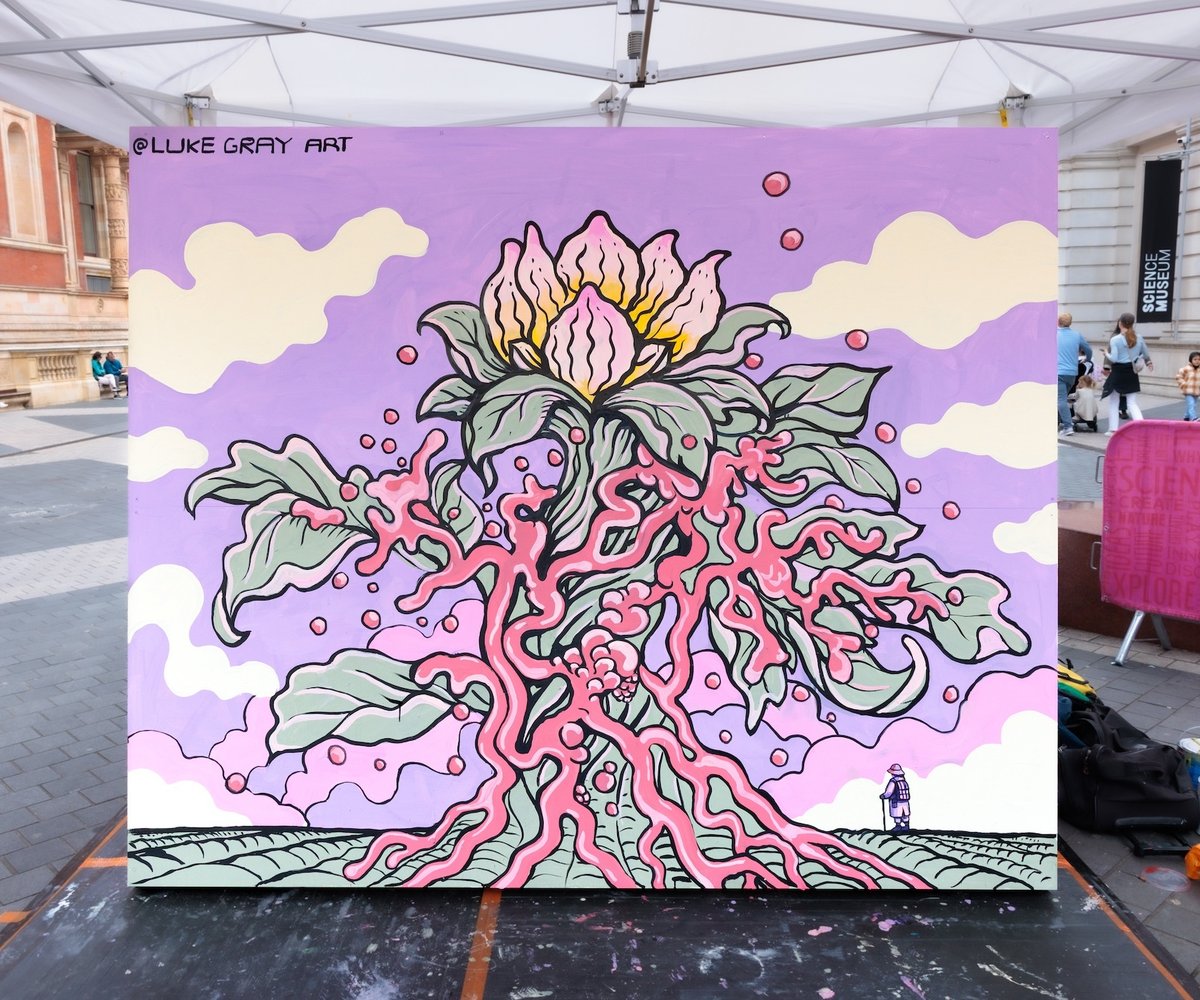
CELLULAR SIEGE
Artist: Luke Gray
Cellular Siege brings to life the microscopic war plants wage against fungal invaders.
Inspired by Tarham Ibrahim’s research, which asks how we can strengthen or adapt plants to help them in their resistance. His work shows that beneath their calm surfaces lies a constant, silent struggle for survival.
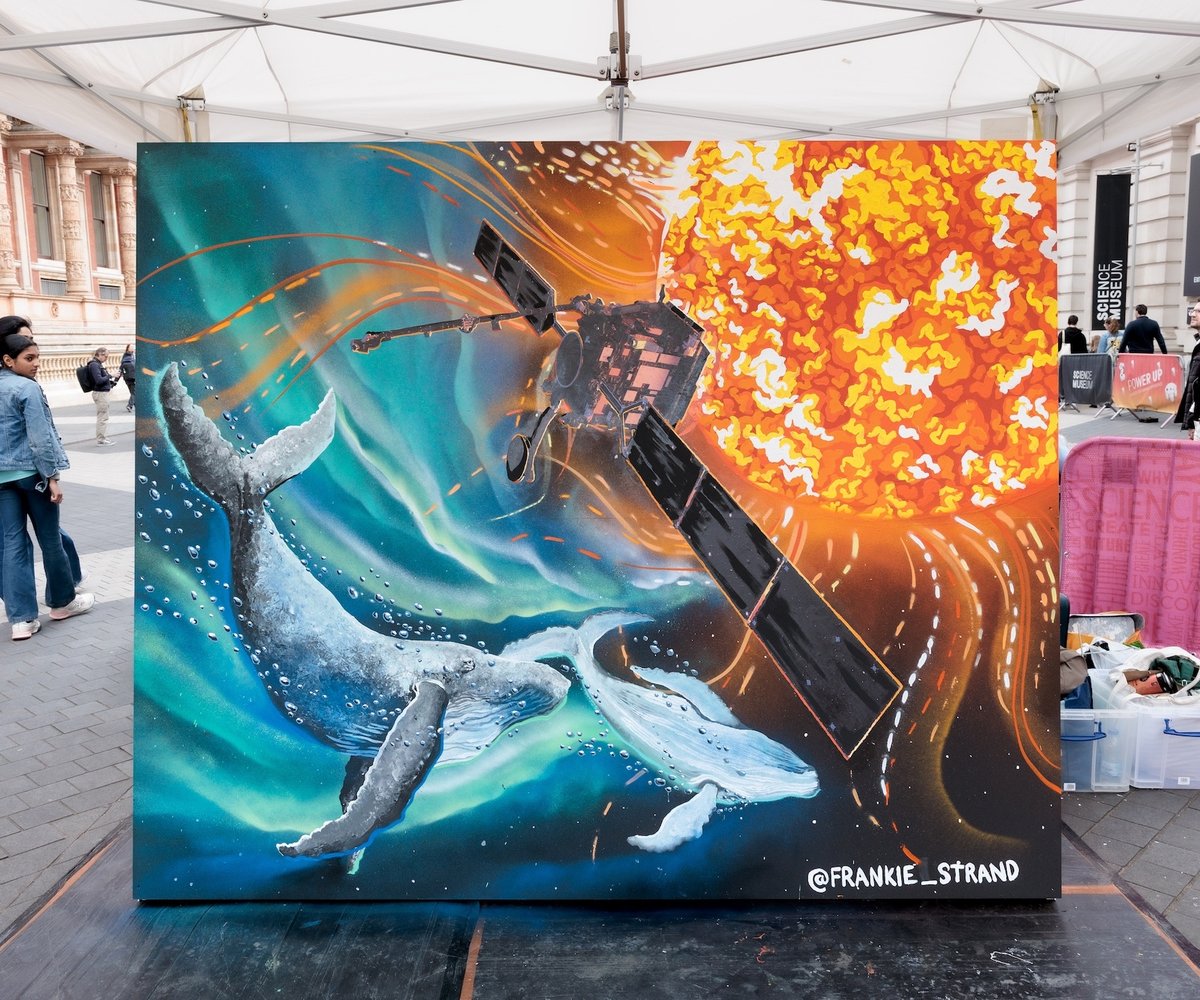
UNSEEN PRESENCES
Artist: Frankie Strand
Unseen Presences invites us to consider how we, and all life on earth, are products of our particular star and its invisible influences.
The work is inspired by Tim Horbury and Helen O’Brien’s involvement in the European Space Agency’s Solar Orbiter mission, which seeks to understand the inner workings of our sun.
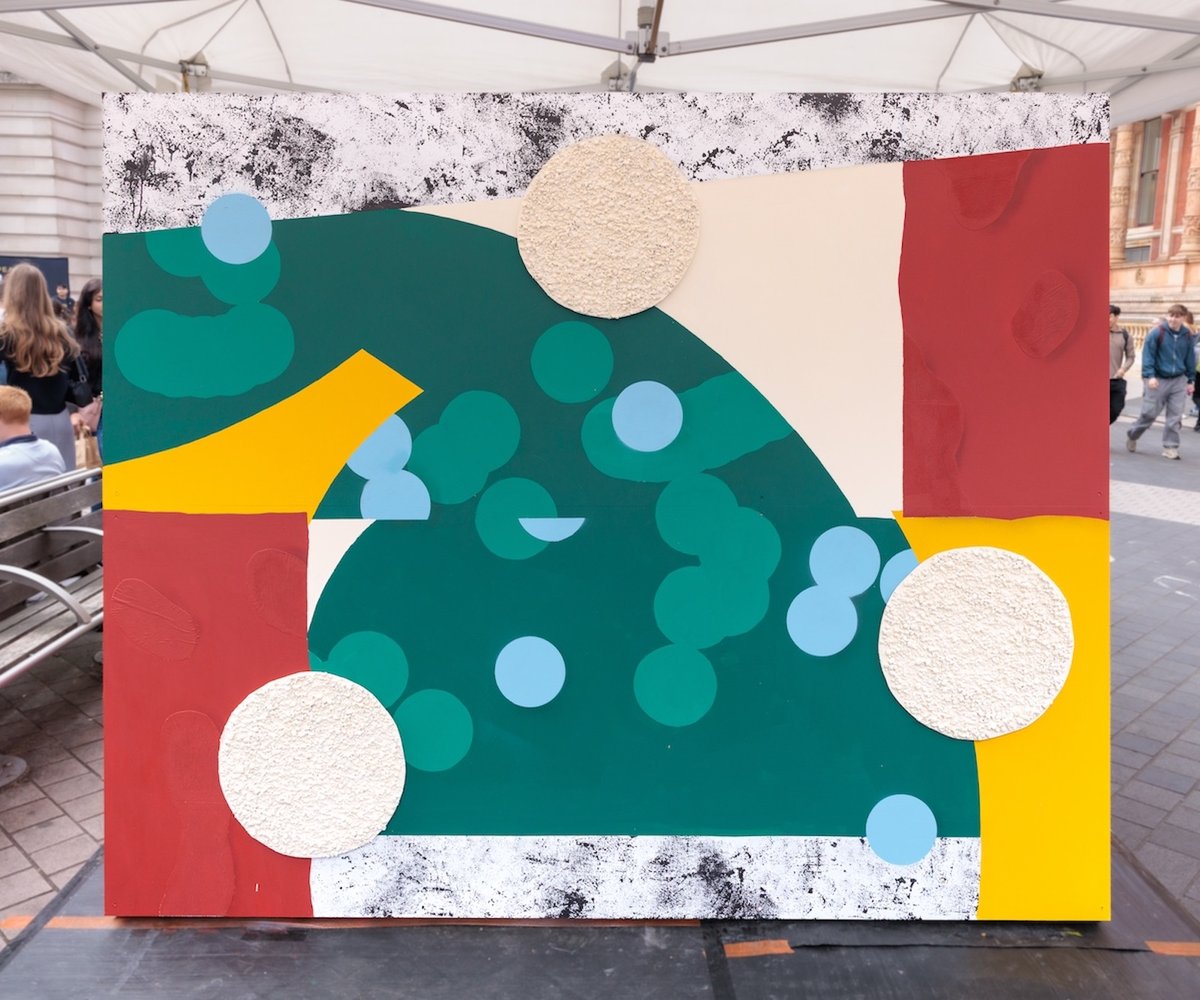
CROZZLE BLOCK
Artist: Nazusk
Crozzle Block is intended to be touched. It incorporated multi-textured elements like the ‘crozzle’ in the Peak District where stoney waste material from the steel industry formed a new man-made rockform.
Marc Masen’s research into how we grip things and the mechanics of touch between human skin and artificial surfaces, shaped this piece.
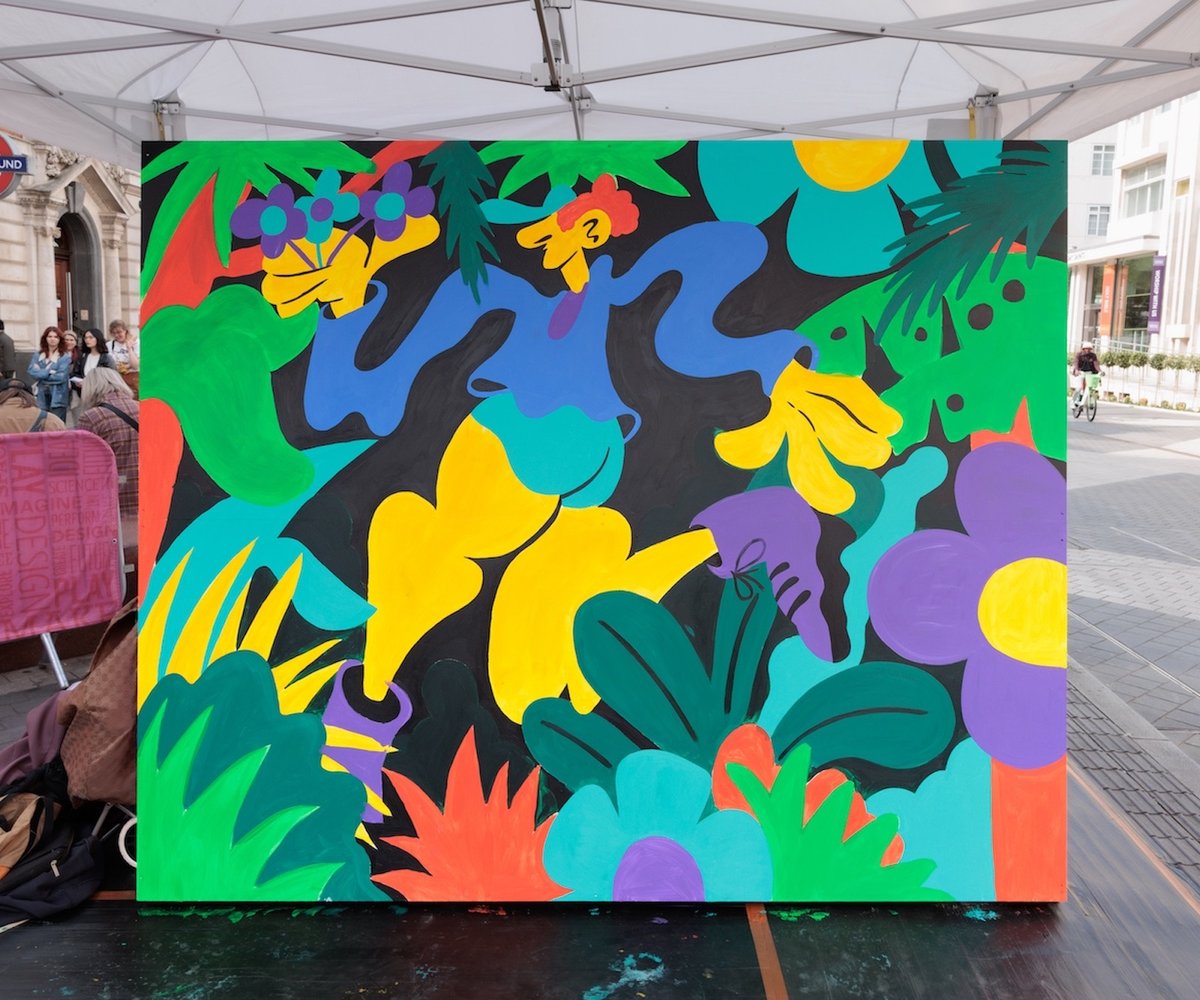
LISTENING, NOT HEARING
Artist: Matt Munday
Listening, Not Hearing emerges from conversations with researcher Rebecca Stewart, whose studies explore the multi-dimensional nature of sound and the unique ways we each perceive it.
Matt’s artwork further explores her ideas on our individual perceptions of sound and how deeper listening might reconnect us to each other, to nature, and to the world around us.
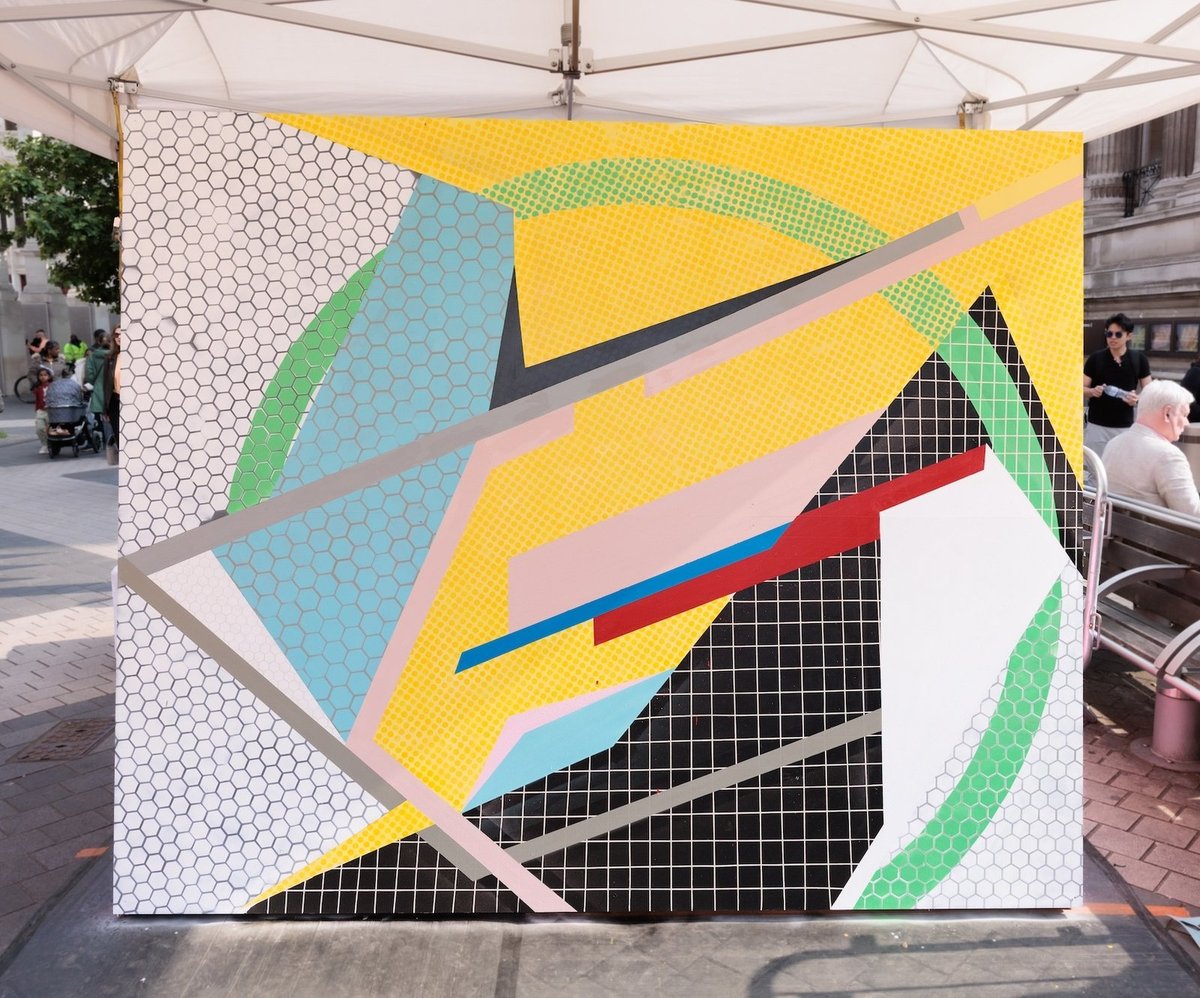
PERSPECTIVES
Artist: KARC
Perspectives invites us to consider: how different is the world when seen through other eyes?
Holger Krapp’s research, which inspired this artwork, explores how animals and machines experience reality. By studying how flies evolved, Holger designs robots that behave in new, nature-inspired ways.
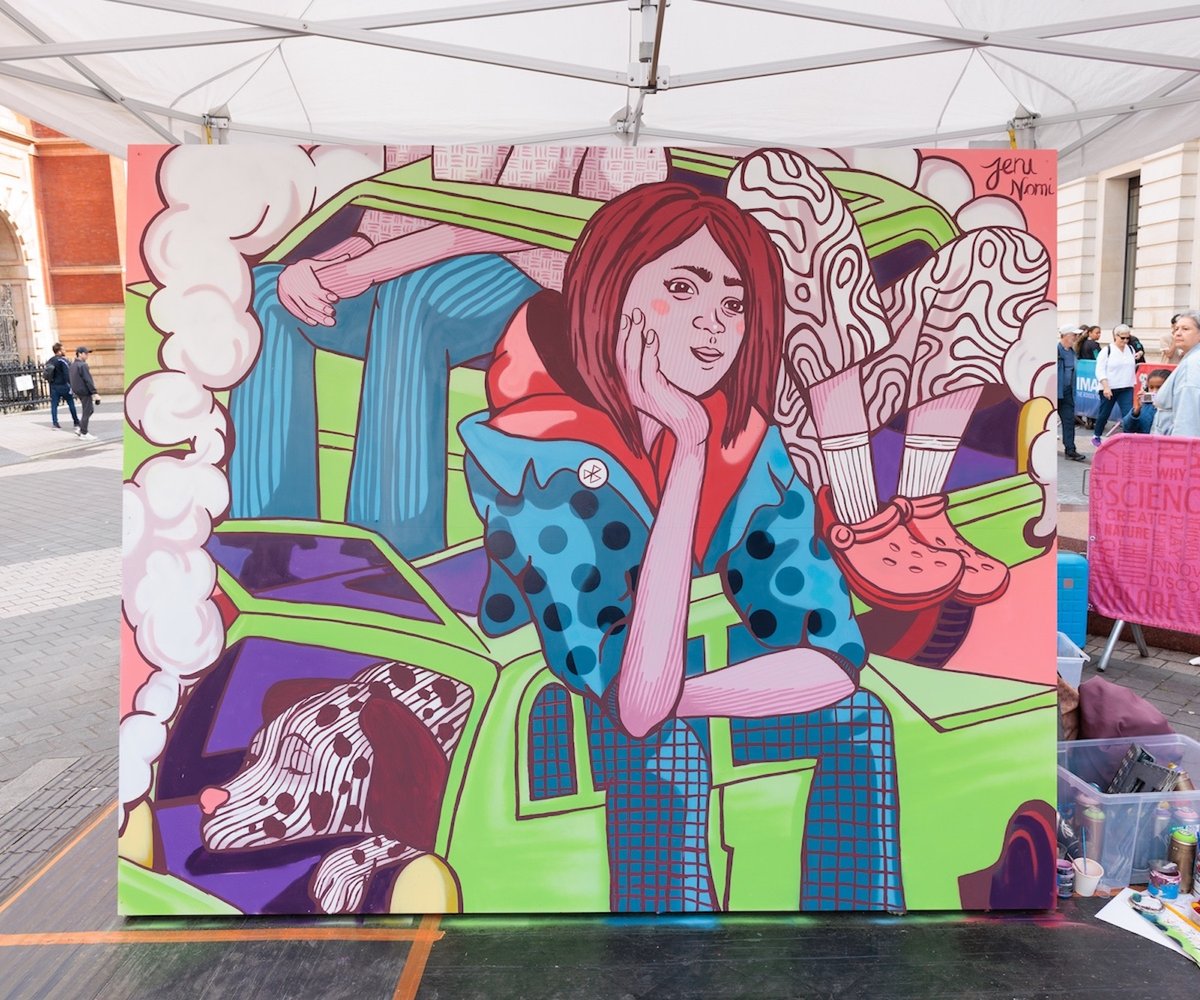
CAR SHAPED PEOPLE
Artist: Jerusha Kinnaird
Car Shaped People brings a playful but pointed lens to the bad habits we force our bodies into.
The title, a phrase coined by researcher Alison McGregor, reflects the unnoticed habits we form. Alison’s project, Sensing Pain, asks: what might change if we gave our bodies the same attention we gave our cars? Imagine an annual MOT for the body – checking alignment, posture, and balance to prevent long-term harm.
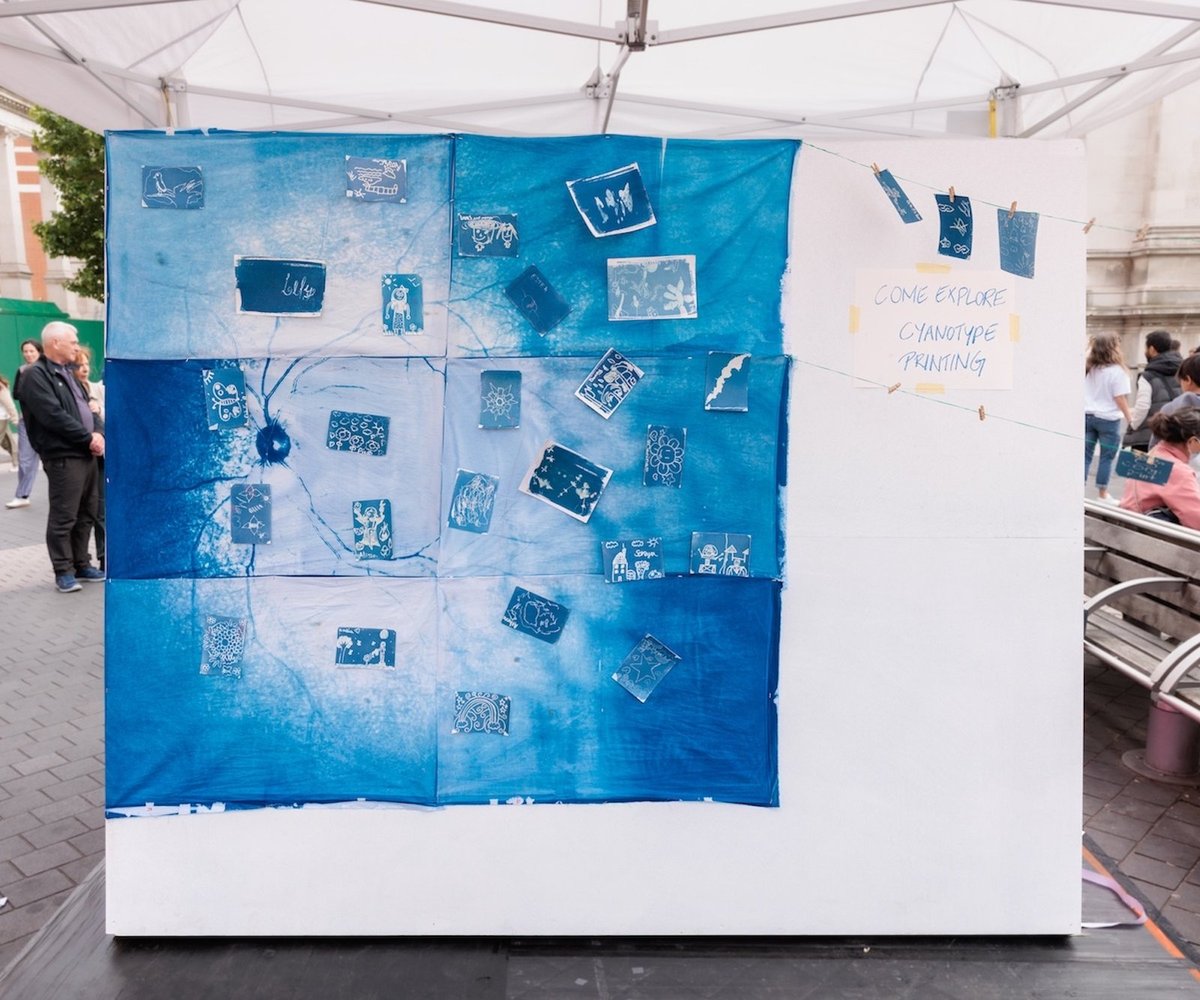
WHAT CAN BE TRACED IN LIGHT, AND WHAT DISAPPEARS WITH IT?
Artist: Shanmunkha Priya Mohan
Shanmunkha’s evolving cyanotype, an imprint made by sunlight of a retinal scan, invites us to consider what we see, remember, and forget.
The artwork is inspired by Francesca Cordeiro’s research, which asks what the eye reveals about brain changes before the body notices, as retinal patterns may signal early stages of disease.
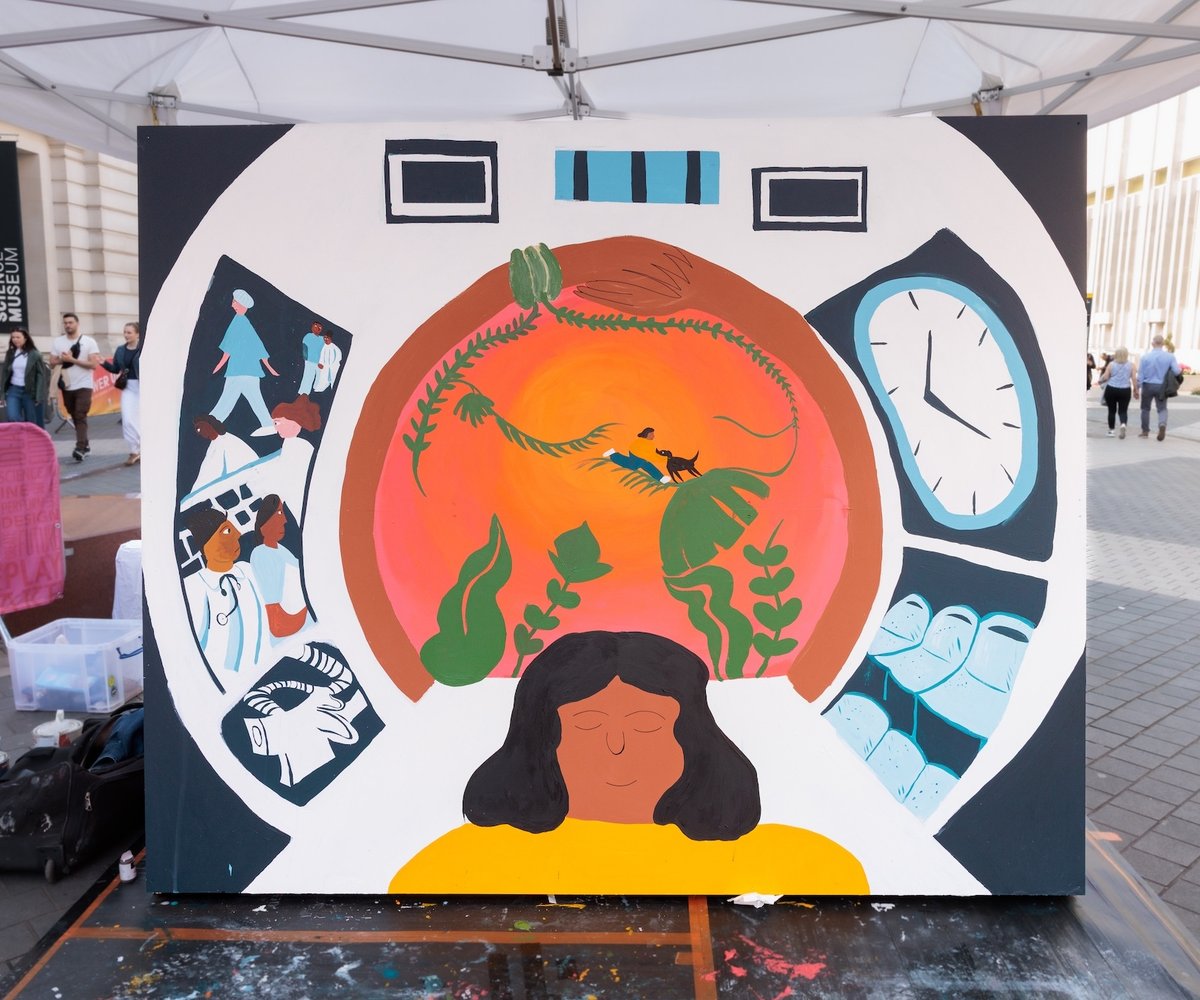
CONNECTION
Connection explores how feeling cared for can be a powerful complement to medical treatment.
It is inspired by Helen McNair and Caroline Yan Zheng’s invention of a device, co-designed with people who’ve experienced cancer treatment, which imitates comforting touch during the lonely parts of cancer care.
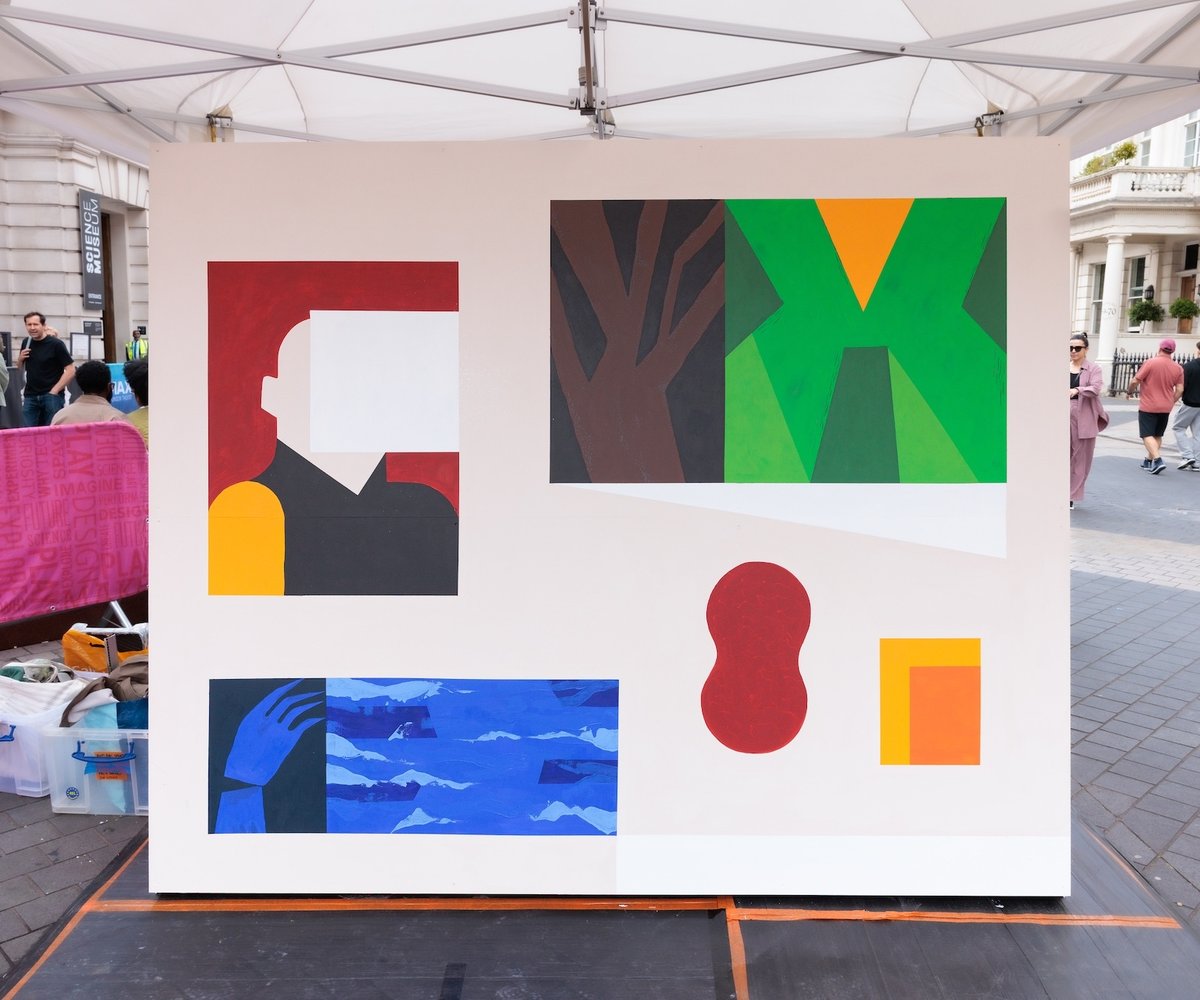
NOTICE
Artist: Dominika Lipniewska
This piece is a meditation on the subtle and the unseen. An invitation to pause, and notice.
Inspired by Cynthia Sandor’s research into early Parkinson’s detection, the artwork explores how technology can pick up the tiniest signals, movements too slight for the eye to catch, yet rich with meaning.
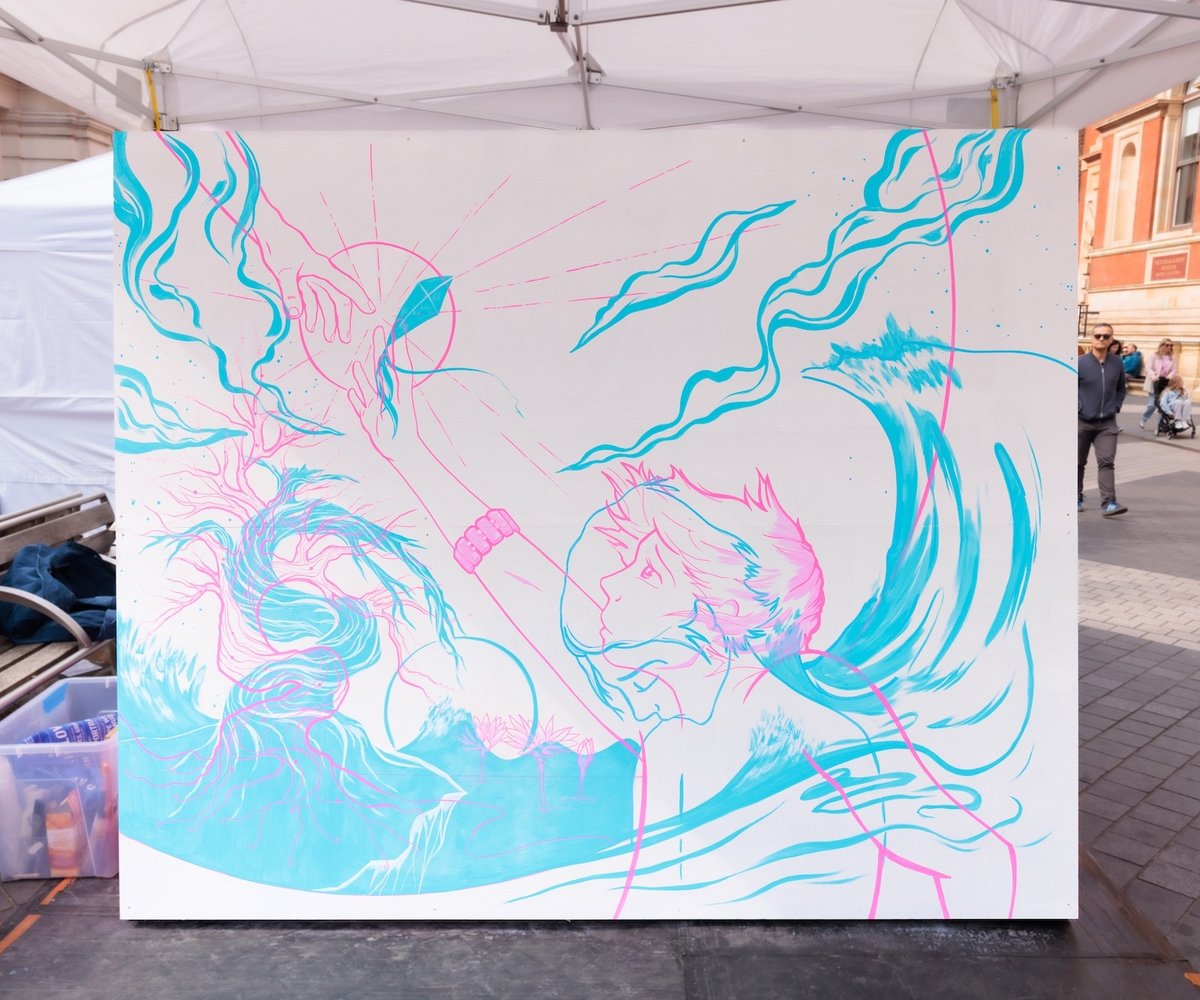
CATCHING THE LIGHT
Artist: Bec Dennison
Catching the Light asks: what happens when your body stops listening to you?
The work is inspired by Jumpei Kashiwakura’s research into how suffering a stroke affects your mobility and sensory perception of the world. Jumpei develops limb sensors that amplify brain signals, helping stroke patients regain movement and ultimately a sense of self.
